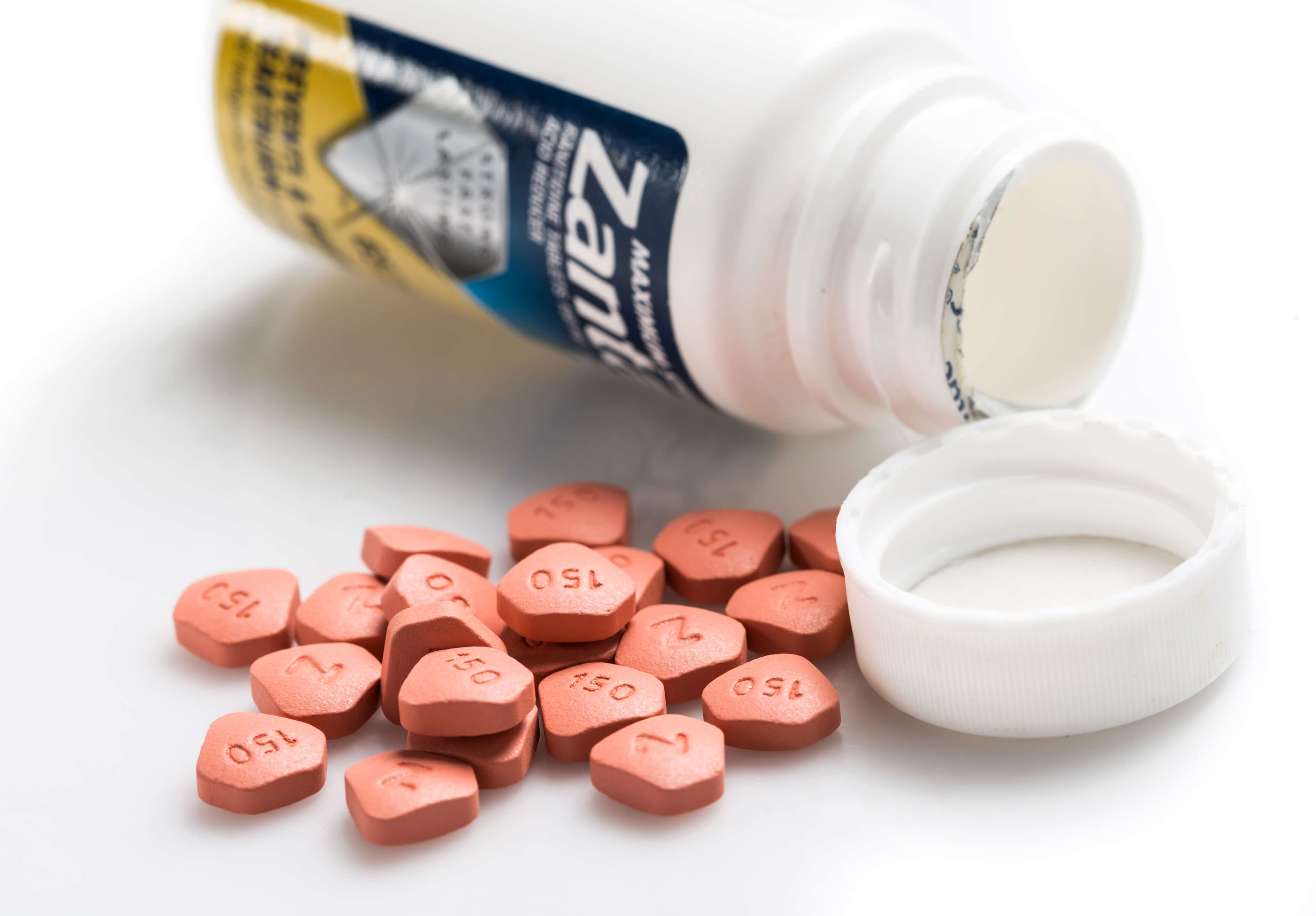
The Food and Drug Administration has issued guidance for drugmakers on how to detect and prevent potential cancer-causing nitrosamine contamination in drugs.
The Sept. 1, 2020, action comes after numerous recalls because of unacceptable levels of N-nitrosodimethylamine (NDMA) contamination in Zantac (ranitidine), valsartan, metformin and other popular drugs.
Nitrosamines such as NDMA are found in small amounts in air, food and water but can potentially increase the risk of cancer with long-term exposure to higher amounts.
“The source of these impurities can be related to the drug’s manufacturing process, the materials used in manufacturing, the drugs’ chemical structure, or even the conditions in which drugs are stored or packaged,” the FDA said. “Under FDA’s oversight, manufacturers are responsible for mitigating these impurities.”
The FDA identified conditions under which nitrosamines can contaminate medications. These include chemical reactions that occur when using recovered chemicals, contamination from vendor-sourced raw materials, inadequate purification and lack of process control and optimization.
“Manufacturers should prioritize evaluation of APIs and drug products based on factors such as maximum daily dose, duration of treatment, therapeutic indication, and number of patients treated,” the agency said.
The guidance, Control of Nitrosamine Impurities in Human Drugs, should be implemented immediately, according to the FDA.
Daily Exposure Limits
The FDA calculated acceptable daily exposure limits based on a 1 in 100,000 cancer risk after 70 years of exposure. It recommends manufacturers use these guidelines when determining acceptable limits.
The agency said these limits only apply if a drug product contains a single nitrosamine contaminant. If a drug contains more than one nitrosamine and the total quantity exceeds 26.5 ng/day based on the maximum daily dose, the manufacturer should contact the FDA for evaluation.
| Nitrosamine | Limit (ng/day) |
| NDMA | 96 |
| NDEA | 26.5 |
| NMBA | 96 |
| NMPA | 26.5 |
| NIPEA | 26.5 |
| NDIPA | 26.5 |
Source: Food and Drug Administration
NDMA Levels in Zantac May Increase Over Time
The FDA first learned about Zantac (ranitidine) NDMA contamination in September 2019. The agency found the levels in some products were unacceptable and announced a recall.
The FDA continued to investigate. Based on preliminary findings, the agency became concerned that levels of NDMA in some ranitidine products stored at room temperature can increase with time to unacceptable levels.
Through stability testing, the FDA found elevated levels of NDMA in all tested products after two weeks. Researchers concluded that NDMA levels increase with storage time, according to the FDA’s guidance.
After these findings, the FDA requested that manufacturers withdraw all ranitidine products from the U.S. market.
Cancer Concerns Lead to Lawsuits
Millions of people have taken valsartan and Zantac over the years, and the FDA doesn’t know long ago that the contamination started. This means thousands of people could be at increased risk of cancer.
So far, there are more than 500 federal Zantac lawsuits pending in federal court in Florida, and there are about 600 valsartan lawsuits pending in New Jersey federal court.
These lawsuits allege that drugmakers failed to warn the public about the risks. Zantac injuries in lawsuits include bladder or stomach cancer. Valsartan injuries in lawsuits include liver damage, tumors or cancer.
Because of the number of people who could have taken the tainted drugs, lawyers expect thousands of claims.